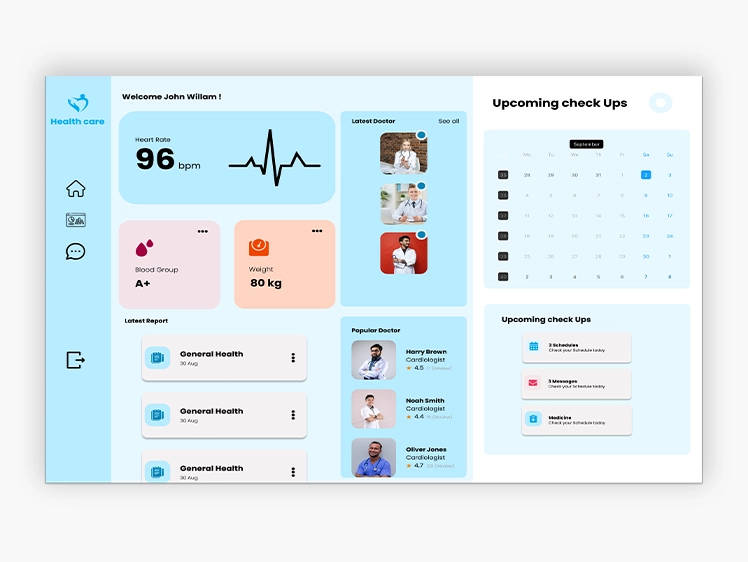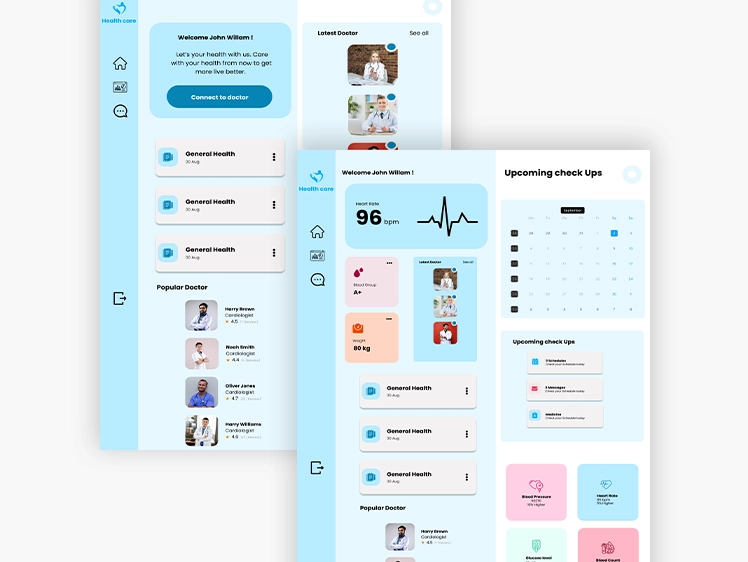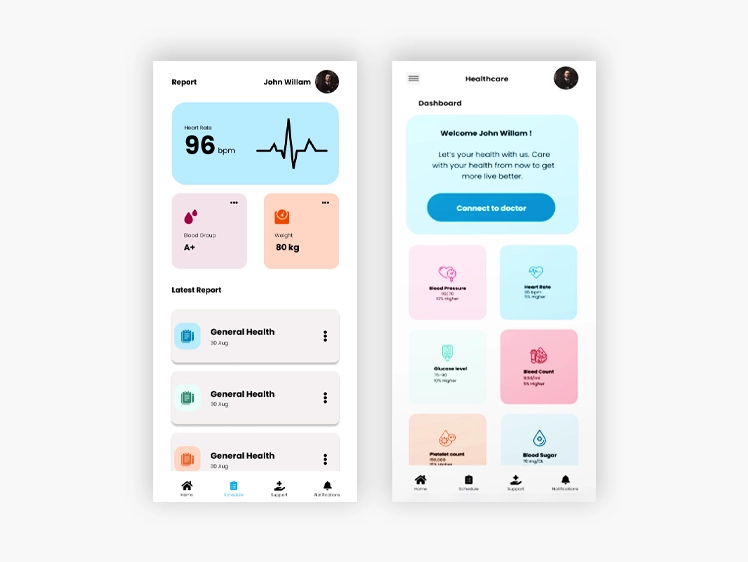A Patient-Centric Web and Mobile Application for American Healthcare Provider - Surekha Technologies
Struggling with your project?
DXP | ERP | E-Commerce | AI-ML | DevOps | Bespoke Solutions
Trusted By
A Patient-Centric Web and Mobile Application for American Healthcare Provider

Our client, a US-based healthcare provider chain with 18 hospitals and clinics, aimed to enhance patient care through digital transformation by equipping each patient with a tablet to use a new healthcare application.
The project solved issues in patient health management, information access, and communication by developing a secure, user-friendly web and mobile app. Our approach involved consulting, designing with client feedback, agile development, and phased deployment with training and support for seamless integration and enhanced patient care.
- Number of Employees : 500+
Project Brief
Our customer is a healthcare provider chain in the US, established in 1998, with 18 hospitals and clinics nationwide. They have served over 300,000 patients with a team of 55+ doctors and 460+ healthcare professionals. Our client specializes in chronic disease management and offers a wide range of medical specialties.
Committed to digital transformation and experience advancements,the healthcare provider intends to equip each patient with a tablet during healthcare service delivery. Their goal is to improve patient care by utilizing our healthcare application while staying true to their mission of offering accessible and compassionate healthcare.
Business Needs & Challenges
The healthcare administration faced challenges in effectively managing patient health, resulting in compromised health outcomes and lower patient satisfaction.
Patients were unable to access health information, making it difficult to know their conditions and treatment plans.
There wasn't any appropriate communication channel between patients and healthcare providers, which led to a lack of timely information exchange.
It was challenging for the hospital to share essential health information, medical records, and updates with their patients, which resulted gradually in communication gaps and potential errors in care.
It was difficult for patients to manage medications, adhere to prescribed approaches, and track medication schedules without digital assistance.
Hospitals used to miss out on opportunities to remotely monitor patients with chronic conditions, which lead to higher healthcare costs.
Technology Stack & Tools
Implementation Overview
Business impacts
The application allowed healthcare providers to improve patient care significantly with real-time chart representation and activity graph rendering.
With features like push notifications and secure messaging, the developed app bridges the communication gap between patients and healthcare providers.
The app enabled healthcare providers to engage with their patients and offer medical guidance, which lead to enhanced patient satisfaction.
asy access to health information, including medical records, treatment plans, and medication schedules empowered patients to be more informed about their conditions and actively participate in their healthcare decisions.
Specializing in chronic disease management, the app helped healthcare providers to remotely monitor patients with chronic conditions.


